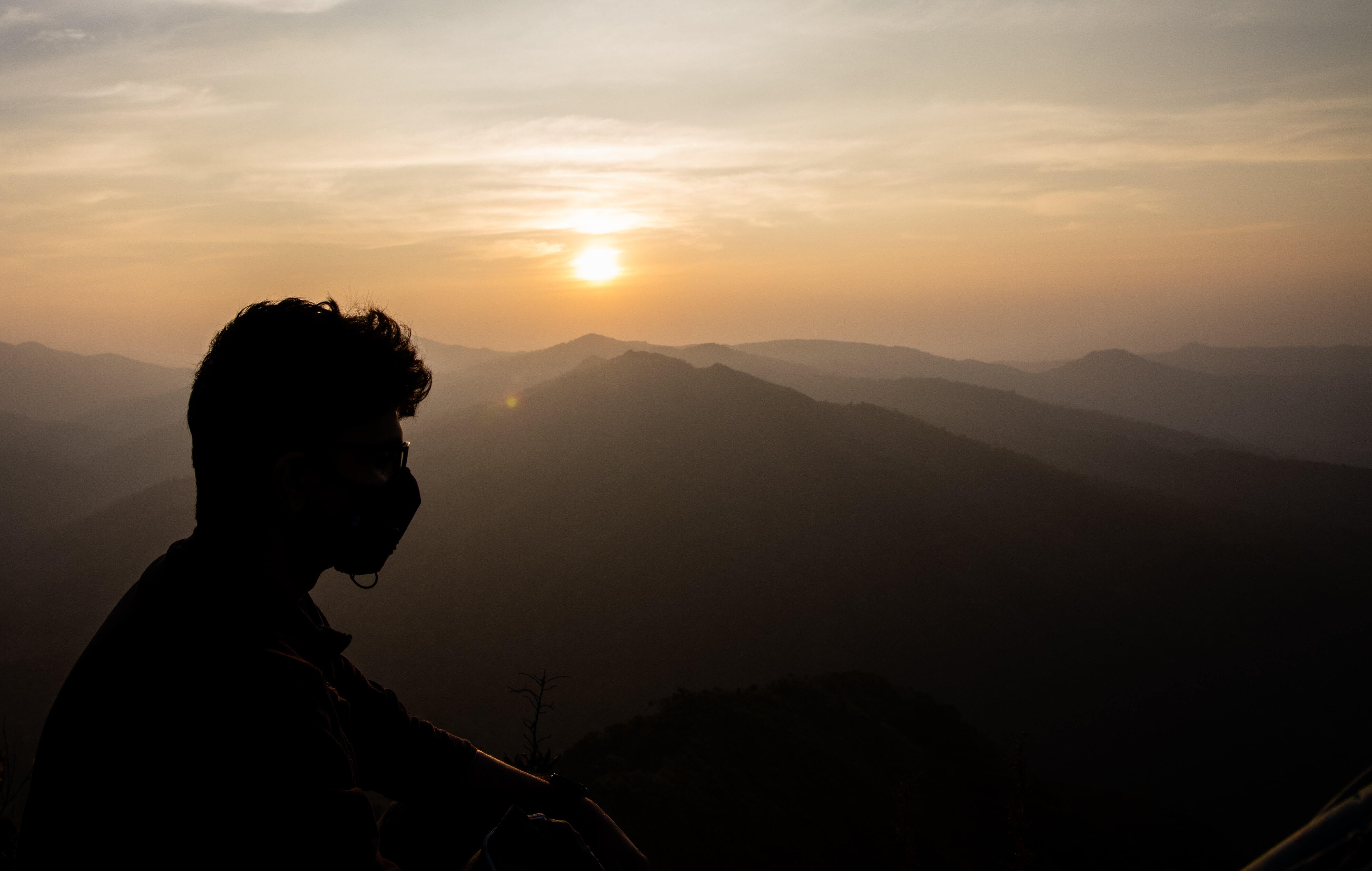
There is an upward trajectory in daily new cases in as many as 16 Indian States. What is worrisome is that the second wave is affecting younger individuals and children.
India has seen a much sharper surge in infections in the past two weeks, particularly after the festival season across India. The second Wave of Corona is spreading fast in many parts of the country.
India recorded more than 185,248 new cases of COVID-19 infections on 12th April 2021. With such a sudden spike in numbers, India has become one of the worst affected countries in the world. Globally, India has become the second-most affected country replacing Brazil.
According to Government sources, there has been an upward trajectory in daily new cases in as many as 16 States. Maharashtra has been the worst hit by the second COVID-19 wave and continues to lead the count of daily cases by a wide margin. There has also been a sharp increase in cases in the Hindi heartland, particularly Chhattisgarh, Uttar Pradesh, and Bihar.

What is worrisome is that the second wave is affecting younger individuals and children (according to data shared by the Union Health Ministry). While the elderly and those with co-morbidity were the most affected in the first COVID-19 attack, younger people and children are the most vulnerable in the Second Wave.
Between March 1 to April 4, around 79,688 cases of infections among children have been reported in the five worst-affected States. The surge is possibly due to double mutation. However, the spike is also due to a lackadaisical attitude and a widespread non-adherence to Covid-19 appropriate behaviour.
An effective vaccination drive is the need of the hour even as India is facing the second wave of the COVID-19 pandemic. India has already vaccinated more than 100 million people in a record 85 days. In fact, India’s vaccination drive is the world’s largest and the fastest.
And yet, there is so much more that needs to be done. The Union Government has even launched a Tika Utsav’ – a vaccination drive between April 11 and 14. However, the several Indian States such as Maharashtra, Telangana, Rajasthan are facing vaccine shortages and other states such as Bihar and Andhra have stocks for barely two days.

Several states have already imposed fresh restrictions to contain the spread of the virus. The measures include night curfew, ban on all social, political, sports, entertainment, academic, cultural, religious, and festival-related gatherings, and restrictions on guests at marriages and at funerals.
India cannot afford another lockdown. But a lockdown could possibly be imposed if required and if the necessity arises. Fearing such a lockdown like the widescale one last year, several migrant workers are already heading back to their native places. There is, then, a danger of a widescale spread.
Scientists have predicted a peak by mid-April, following which the infections may see a steep decline by the end of May. Further, Virologists have pointed that the future of COVID-19 in India (and the world) would depend on the interplay of mutants and vaccines over the next couple of months.
BT Team
Photo by Syed Ali on Unsplash









